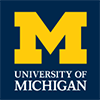The University of Michigan-Dearborn (UMD) is an influential public university. Here is a detailed introduction to the school:
Historical background:
Founded in 1959. At that time, Ford Motor Company donated 196 acres of land, and the school was established on this land and is located on the Henry Ford estate.
Geographic location:
Located in Dearborn, a city in southeastern Michigan, 35 miles east of the main campus of the University of Michigan in Ann Arbor. Dearborn is the hometown of Henry Ford and the global headquarters of Ford Motor Company. It is one of the important bases of the American automobile industry.
Campus environment:
The campus is large, and more than 1/3 of the school's land is used as a nature reserve and Rouge River Migratory Bird Observation Station. It is one of the largest natural landscapes in the Detroit area, providing students with a good natural environment and leisure space.
Department settings:
It is mainly composed of four colleges, including the College of Arts and Sciences, the College of Engineering and Computer Science, the College of Management, and the College of Education. These colleges offer a wealth of academic courses and professional directions, covering a variety of fields such as humanities, natural sciences, engineering technology, business management, education, etc.
Professional courses:
Offers a wide range of undergraduate and graduate courses. Undergraduate majors include anthropology, art history, behavioral science, biochemistry, computer and information science, accounting, finance, management, etc.; graduate majors include literary studies, psychology, computer engineering, electronic engineering, software engineering, education, business administration and finance, etc.
Teaching characteristics:
The class size is small, with an average of only 26 students per class, more than 70% of the classes have less than 30 students, and the teacher-student ratio is 17 to 1, which provides students with more opportunities to interact and communicate with teachers, which helps personalized learning and guidance.
About 75% of the school's students work while obtaining their degrees, and the school offers online and hybrid courses through all its colleges to better meet the needs of these working students.
Academic achievements and rankings:
It has certain advantages and influence in some professional fields, such as its business school has been accredited by the American Association to Advance Collegiate Schools of Business (AACSB). In terms of professional rankings, according to the applicant's data, the school's computer engineering major ranks 98th in the United States, electronic information engineering major ranks 137th, computer science major ranks 176th, and education major ranks 213th.
International Exchange and Cooperation:
We have carried out exchange and cooperation projects with many universities around the world, providing students with opportunities for overseas study, exchange and internship. For example, we have "3+2" undergraduate and master's degree cooperation projects with some Chinese universities.
-

Harvard University
-
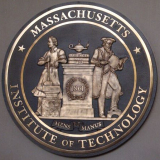
Massachusetts Institute of Technology
-
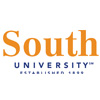
South University
-

University of West Georgia
-
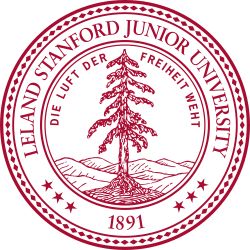
Stanford University
-
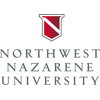
Northwest Nazarene University
-
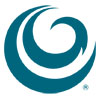
Hawaii Pacific University
-
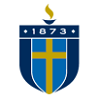
Shorter University
-

Nova Southeastern University
-
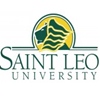
Saint Leo University
-

Mesoamerican University
-

Istmo University
-

Mariano Galvez University of Guatemala
-

Regional University of Guatemala
-

Galileo University
-

Francisco Marroquín University
-

Rafael Landívar University
-

University of the Valley of Guatemala
-

University of San Carlos of Guatemala
-

Technological Institute of Tlaxcala Plateau
-

Golfo University
-

Technological University of South Sonora
-

Technological University of Huejotzingo
-

Tizimín Institute of Technology
-

Chilpancingo Institute of Technology

